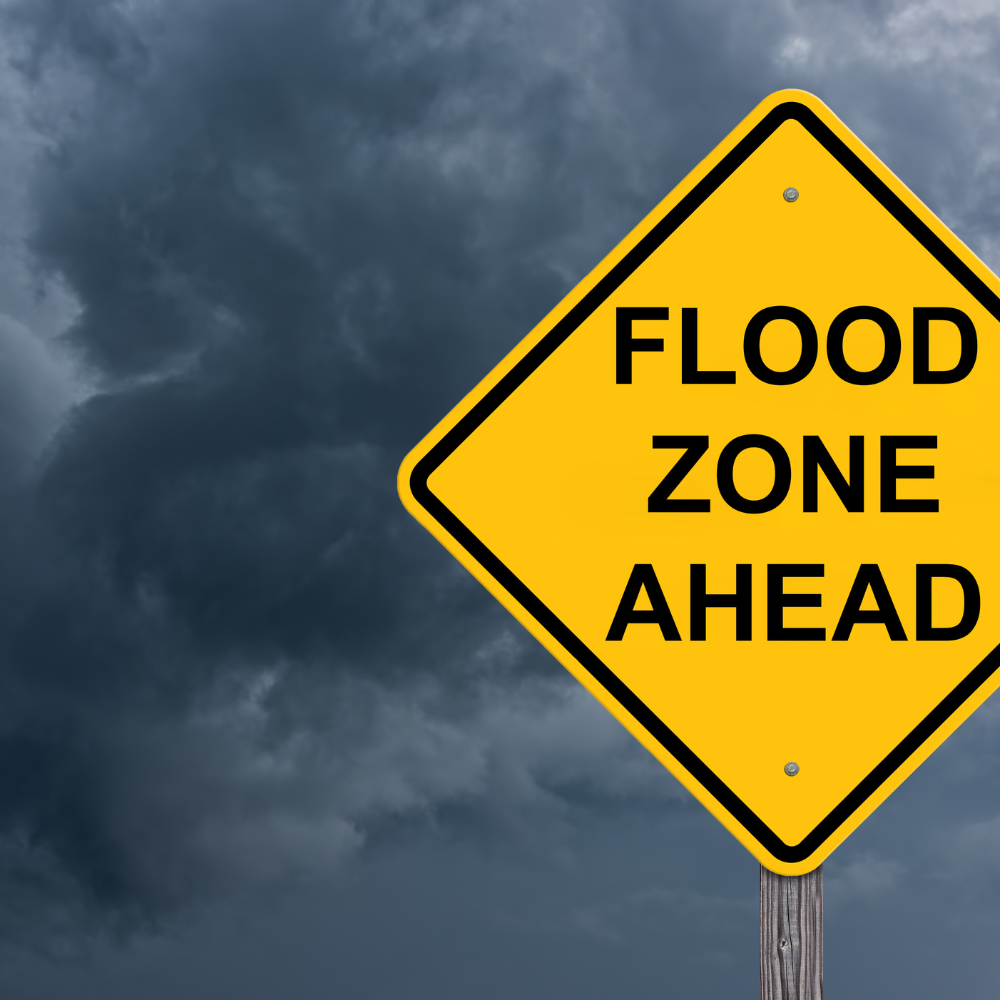Charleston, South Carolina is a beautiful city located on the coast, but it is also vulnerable to flooding due to its low elevation and proximity to waterways. To help residents and property owners understand the risk of flooding, the city has established flood zones based on the likelihood and severity of flooding in each area. In this article, we will explore the different flood zones in Charleston and what they mean.
First, it’s important to understand that Charleston is at risk of two types of flooding: storm surge and rainfall flooding. Storm surge occurs when a hurricane or tropical storm pushes ocean water onto land, causing a rapid rise in water levels. Rainfall flooding occurs when heavy rainfalls, often from prolonged or slow-moving storms, cause rivers, creeks, and other waterways to overflow their banks.
The Federal Emergency Management Agency (FEMA) has designated flood zones for Charleston based on the probability of a flood occurring in each area. These zones are labeled A, AE, VE, X, and D.
Zone A is the most at-risk area for flooding. This area is located along the coast and is subject to storm surge flooding. If you live in Zone A, you will likely be required to purchase flood insurance if you have a mortgage on your property.
Zone AE is similar to Zone A but has a higher risk of flooding due to the presence of a base flood elevation (BFE). A BFE is the height at which a flood is expected to rise in a particular area during a major flood event. If your property is located in Zone AE, you will also likely be required to purchase flood insurance.
Zone VE is the most dangerous flood zone, as it is subject to both storm surge and wave action. If you live in Zone VE, you will likely be required to purchase flood insurance and may also need to take extra precautions, such as elevating your property or constructing a flood barrier.
Zone X is a moderate-to-low-risk flood zone, but it is still at risk of rainfall flooding. If you live in Zone X, you may still want to consider purchasing flood insurance, as rainfall flooding can be just as destructive as storm surge flooding.
Finally, Zone D is a non-special flood hazard area, meaning it has a minimal risk of flooding. However, it’s important to note that no area is completely immune to flooding, so it’s always a good idea to take precautions, such as ensuring your property has proper drainage and elevating important items.
In addition to these FEMA-designated flood zones, the City of Charleston has established Flood Hazard Areas, which are areas that are at risk of flooding due to rainfall. These areas are designated by the city and can be found on the city’s Flood Information Portal.
It’s important for Charleston residents and property owners to understand the flood zones in their area and take appropriate precautions to protect themselves and their property. This may include purchasing flood insurance, elevating structures, and creating a disaster plan. By understanding the risks and taking steps to mitigate them, Charleston residents can better protect themselves from the devastating effects of flooding.


